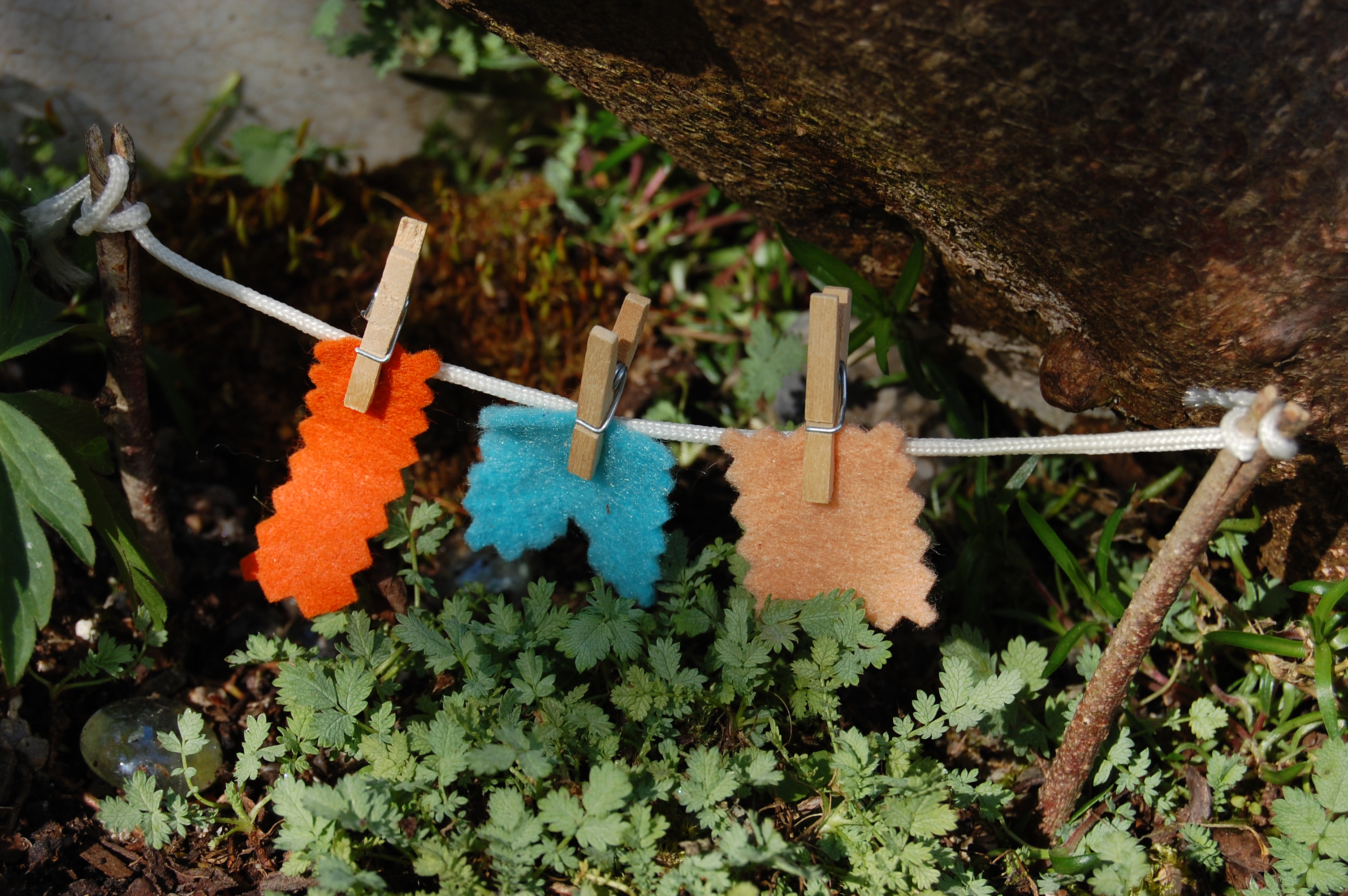
This year the garden is simply teaming with dandelion flowers and there’s plenty to go round for everyone. And when a colleague said she was making dandelion ‘honey’ I was intrigued. “It’s even vegan”, she volunteered, “well, apart from the bugs!”. I’m not a vegan, so I wasn’t worried about a little extra protein and thought I’d give it a try.
One recipe needed 350g of flowerheads. That’s a lot of flowers, especially if you follow the instructions and pull off all the green bits as they can make it too bitter. I started with good intentions and began picking them all off and then realised, even in a national lockdown, that life is simply too short for that.
So, I compromised and took some off and picked half the recipe’s worth, which still took a while. But there’s much worse ways to spend a sunny Spring day than wandering around the garden picking dandelion flowers.
I made mine by adding half a lemon (thinly sliced) and 0.5l of water to the flowers and simmering them gently for about 20 minutes. Leave the mixture in a glass bowl overnight.
In the morning I strained off the liquid through a sieve and put the mush in the compost. Then I added 300g of granulated sugar (it’s supposed to be golden, but getting any sugar at all is a minor achievement at the moment, so I made do with what I had). That’s also a quarter less sugar than most recipes, but it was fine.
Stir the sugar until it dissolves and then simmer for about 45 minutes until it becomes like a thin syrup. Don’t, whatever you do, think that it’s simmering away quite happily and go off to feed the chickens, only to come back to find it’s boiled over and burnt sugar is now ingrained in your hob.























